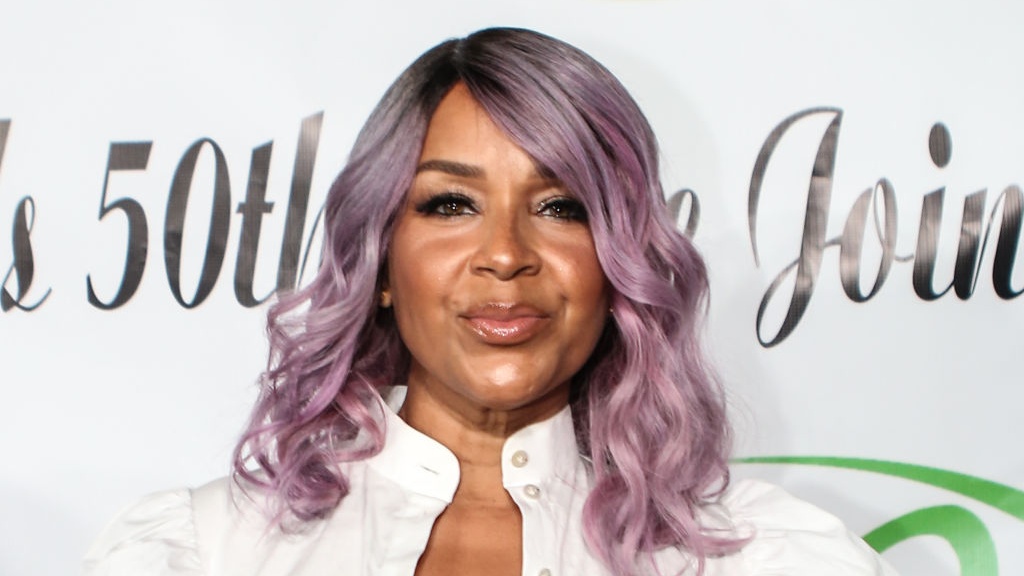Who do we have to blame for today’s unrealistic standards for an ideal body image?
According to actress Lisa Raye, the Kardashians are responsible for society’s view of the female body.
"The Kardashians have single-handedly changed the woman's body shape that's acceptable now," she said on an episode of Out Loud With Claudia Jordan. "Now, it's the small waist, all this ass, look like the ankles can't even hold up all of that. I'm thinking to myself, 'I don't want my body to look like that.’ Cause that's the body that everybody has now."
Host Claudia Jordan agreed with Raye’s comments, saying everybody looks the same.
“Everybody’s shaped the same now because they’re all going to the doctor, getting the same exact everything,” Jordan added.
Syleena Johnson and Vivica A. Fox questioned what these women, who get procedures done to obtain a certain body, will look like when they get older. Raye added that now women are using this body shape to make money.
“Every generation after that feel like that’s what they have to do to secure the bag, as they say now,” Raye said.
Just like society's ideal body type has drastically changed throughout the years, it may change again in the future.
According to CNN, it started as curvy and thick, then in the late 20th century changed to very thin.
"Over the course of the last 50-plus years, the American ideal has shifted from curvy to androgynous to muscular and everything in between," said Sierra Filucci, executive editor of parenting content and distribution for Common Sense Media.
A recent study by Treadmill Review concluded that the ideal woman would be about 5 feet, 5 inches tall and weigh just under 130 pounds with a 26-inch waist and brown hair and blue eyes. The study also found that the ideal body type slightly varies from generation to generation.
While the ideal body type is quite small in frame, a study by the International Journal of Fashion Design, Technology and Education found that the average American woman is about a size 16.
Today, a scroll through Instagram will show a number of models with curves, a slim waist, big breasts and large butts.
"As these ideals change, they are reflected and reinforced in the culture through media — whether it's fine art or advertising billboards or music videos," said Filucci.
An increase in social media use has also allowed for more easy access to diversity and a channel for body positivity. People have used the photo-sharing app to embrace differences in body type and celebrate their curves.
One of the most notable body-positive activists is Lizzo. The “Truth Hurts” singer often posts pictures and videos embracing her body and encouraging her followers to love themselves. She did admit it took her a while to get to the accepting place she’s in today regarding her weight.
“I would watch things on television and look at magazines and I would not see myself,” she said, according to the Guardian. “When you don’t see yourself, you think something is wrong with you.”
Today, she sees herself as more than just her weight and credits the body positivity movement for evolving.
“I’m so much more than that. Because I actually present that, I have a whole career. It’s not a trend,” she said in an interview with Rolling Stone. “I’ve come to terms with body dysmorphia and evolved. The body-positive movement is doing the same thing. We’re growing together, and it’s growing pains, but I’m just glad that I’m attached to something so organic and alive.”
